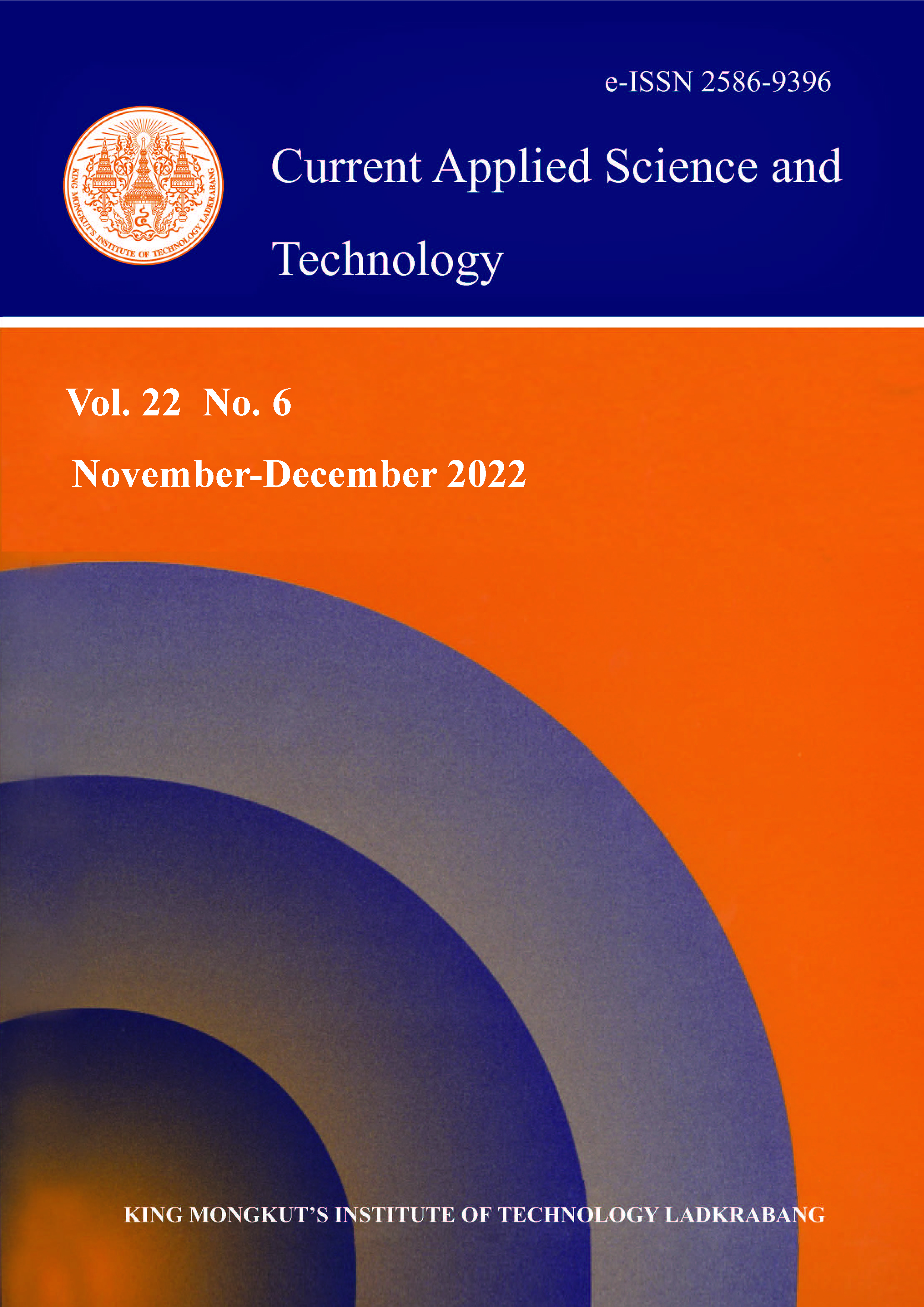Field maize is an important economic crop grown around the world and it has been mainly used in the animal feed industry. Maize yields have been inadequate for the demand due to drought events. One way to alleviate yield losses is to develop drought tolerant maize varieties for farmers. Trehalose-6-phosphate synthase (TPS) is an important enzyme involved in trehalose biosynthesis which has been found to increase plant tolerance to abiotic stresses. The aim of this research was to screen the levels of TPS gene expression in maize breeding materials under water stress via dot-blot hybridization using cDNA probe. To do so, 34 S2 maize families were grown and subjected to water stress condition. Leave samples were collected at 6 different days after planting (DAP) for a dot blot assay. The results showed that the level of TPS gene expression was highest at 4 days after stress (relative intensity at 64 DAP). However, dot blotting at 6 days after stress (relative intensity at 66 DAP) was effective to differentiate maize families. Furthermore, a moderate negative relationship between relative signal intensity at 66 DAP (RI66) and Smith index based on multi-phenotypic traits was found to be statistically significant. Our study showed that maize with high TPS gene expression tended to be less tolerant to water stress. It is noteworthy that the study of TPS gene expression in mature maize under stress in this study showed results that contrasted with previous reports on seedlings in many plant species. Furthermore, we found that 4 out of 34 S2 maize families may have potential for further use in our breeding program.
Keywords: cDNA probe; stay-green phenotype; S2 maize families; image processing; relative signal intensity
*Corresponding author: E-mail: pattama_h@mju.ac.th
Lowantha, P. ., & Hannok*, P. . (2022). Dot Blot Assay for Assessing Trehalose-6-phosphate Synthase Gene Expression in a Maize Breeding Population under Water Stress. CURRENT APPLIED SCIENCE AND TECHNOLOGY, DOI: 10.55003/cast.2022.06.22.010 (15 pages). https://doi.org/10.55003/cast.2022.06.22.010

